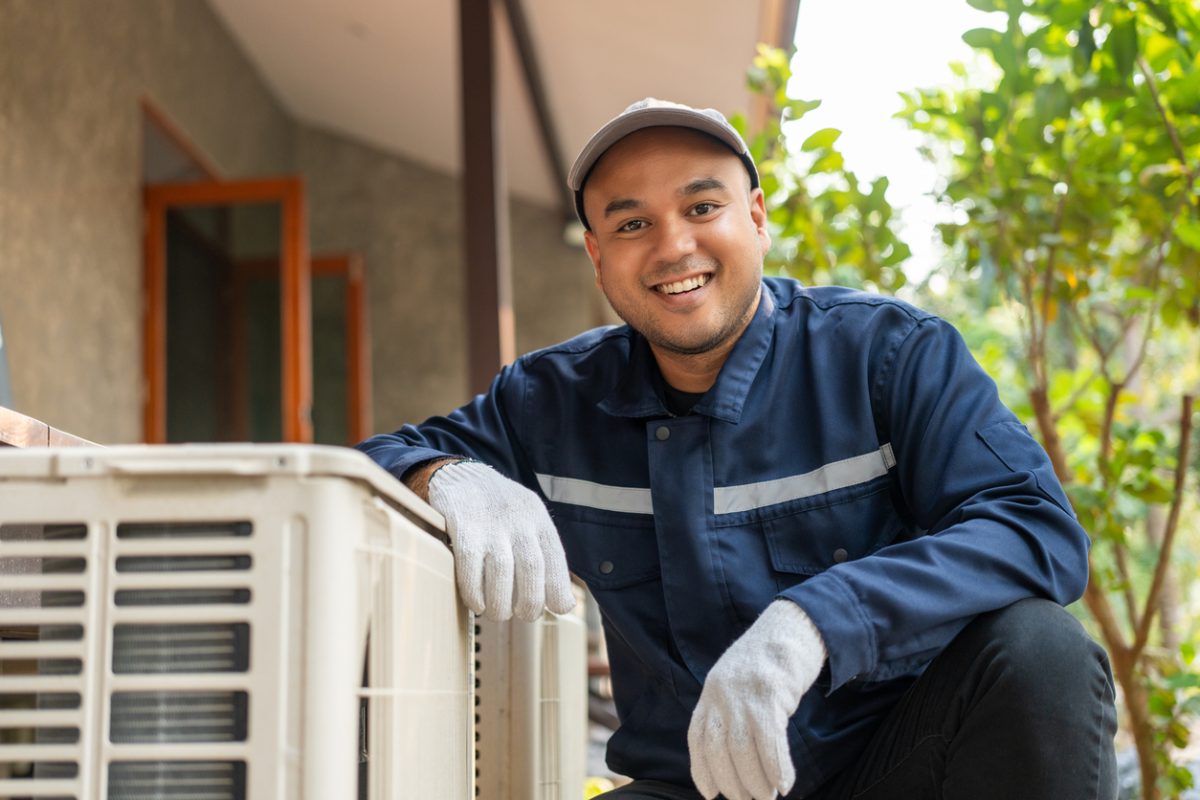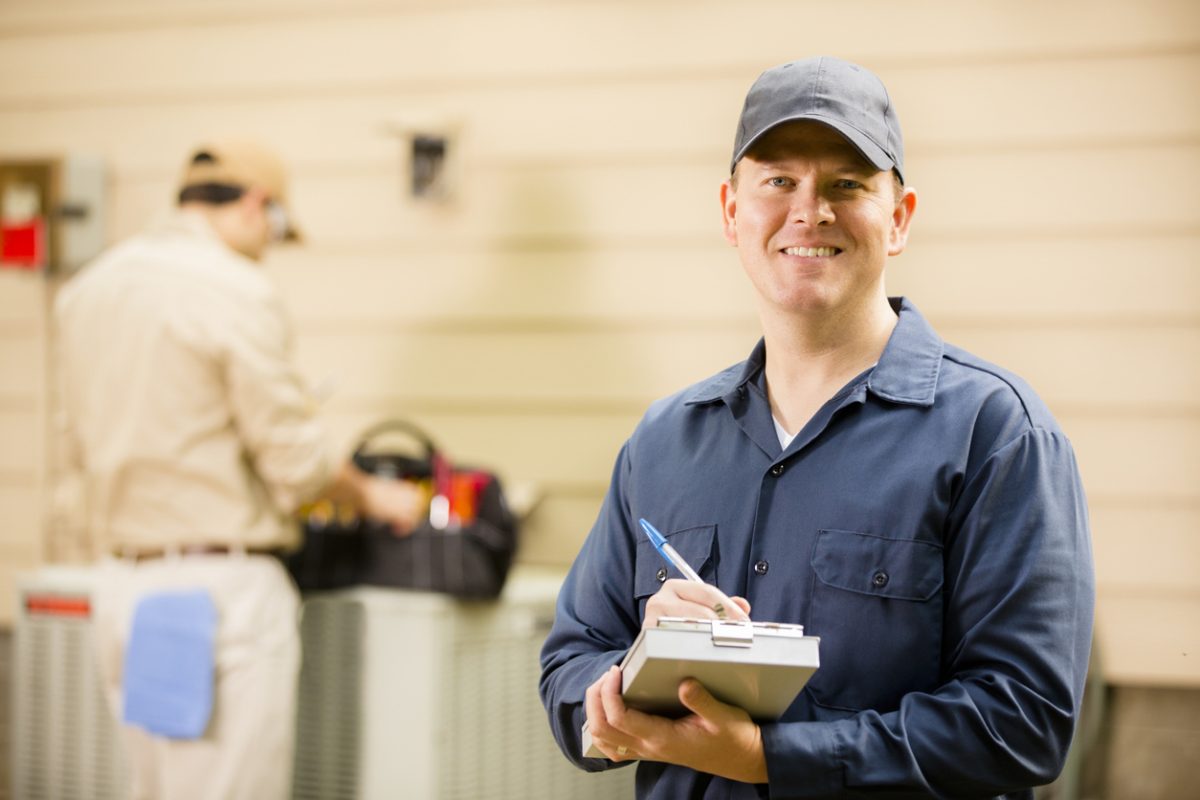9 Common Furnace Problems and How to Fix Them
When Colorado winters roll in, a dependable furnace keeps your home warm, comfortable, and inviting.
Instead of bundling up in extra blankets, you can relax knowing your heating system is doing its job.
A well-tuned furnace turns cold nights into cozy ones. Your family is safe and your home a place of comfort all season long.
This guide walks you through the most common furnace problems homeowners face, how to spot them, and which fixes you can try yourself. You’ll also learn which fixes you can handle confidently on your own and when it makes sense to call the team at True North Heating for backup. By the end, you’ll be able to spot common furnace issues and choose the right next step for your home.
Thermostat Troubles
Not every heating issue comes from the furnace itself. Sometimes the problem is a malfunctioning thermostat.
If it’s not set to “heat” or the temperature setting is too low, the furnace won’t kick on. This happens more often than you’d think, especially if the thermostat was bumped during cleaning or reset after a power outage.
Dead batteries or a loss of power can leave the display blank. A simple swap often solves this issue.
Wiring problems or poor calibration may send the wrong signals, making the furnace cycle unpredictably or shut down at the wrong time.
Before assuming you have a malfunctioning furnace, check your thermostat first.
Start with the basics: settings, batteries, and display.
If those look fine but the furnace still isn’t cooperating, the thermostat itself may need replacement, or there may be another furnace problem at play.
Dirty or Clogged Air Filters
If the thermostat looks fine but your home still feels chilly, the next suspect is often the furnace filter.
A dirty air filter restricts airflow, which means weak heat or none at all. Rooms farthest from the furnace are usually the first to feel it.
When a clogged filter limits airflow, the system overheats and may shut itself down as a safety measure. This is one of the top common furnace repairs during the heating season.
Colorado’s dry climate and frequent dust storms mean dirty or clogged filters in this area are more common than many homeowners expect. Add pets into the mix and the problem multiplies.
Thankfully, this is a fairly easy fix.
Swapping your filter every 1–3 months keeps warm air moving freely and prevents bigger furnace issues down the road.
For households with pets or allergies, monthly checks are smart. A clean air filter also protects the blower motor and helps the furnace deliver reliable operation.
Pilot Light or Ignition Failures
Your furnace won’t produce heat if it can’t ignite.
Older gas furnaces rely on a standing pilot light, which can blow out or become unstable. A draft, a clogged burner, or dust buildup around the combustion chamber is often the culprit.
Modern high-efficiency furnaces use electric ignition systems, which can wear down or fail over time.
A dirty flame sensor, faulty ignitor, or interrupted gas line are common problems that stop the furnace from starting.
Relighting a pilot light might sound simple, but it’s not always safe. If you smell gas or suspect a deeper ignition issue, it’s best to call a professional hvac technician before striking a match.
Faulty ignition parts can leave you without heated air in the middle of the night and pose a fire hazard.
Blower or Fan Malfunctions
If the furnace is firing but no hot air is moving through your vents, the blower motor may be at fault.
A frayed blower belt, worn ball bearings, or seized motor can all stop airflow. These parts wear down gradually, so you may hear a rattling noise before the system quits.
A blower on its last legs may hum, rattle, or grind before it fails. Those strange noises coming from your furnace are its way of asking for help.
When the blower fails, your furnace runs longer but doesn’t blow air effectively. This leads inevitably to higher energy bills.
Because the blower is central to circulation, letting it run in poor condition can cause expensive damage to other parts of your hvac systems. A blower in bad shape puts strain on the ducts, motor (and the cooling system if you use heat pumps or central AC).
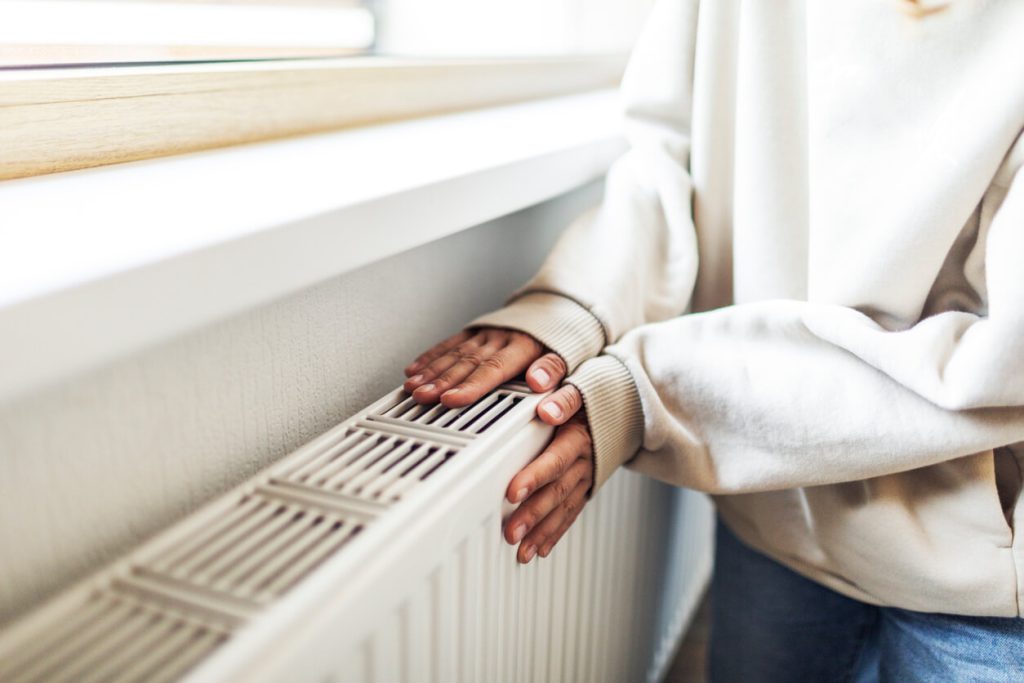
Short Cycling and Overheating
A furnace that keeps turning on and off every few minutes is a red flag. There are several reasons why cycling and overheating may occur.
As discussed earlier, a dirty filter or clogged air filter can restrict airflow, forcing the system to overheat. The safety switch or high limit switch then shuts it down too soon.
An oversized or high efficiency furnace can also short cycle because it heats the space too quickly and then shuts off, only to start again moments later.
Faulty thermostats or airflow issues may trick the system into thinking it has reached the desired temperature when it hasn’t.
Short cycling is one of the common furnace problems that wastes energy and wears out parts. Left unchecked, it can lead to costly heat exchanger replacement or premature furnace replacement.
Strange Noises (Rattling, Pinging, Whistling)
A healthy furnace should hum quietly in the background. When it starts making strange noises, don’t ignore them.
A rattling noise or pinging often means loose panels or ductwork shifting as metal expands.
Whistling usually means a clogged filter limits airflow or a vent is blocked.
Loud bangs at startup are a sign of dirty burners or delayed ignition, both of which require a professional hvac technician.
These sounds won’t disappear on their own. Listening to them and addressing them early can prevent a minor furnace problem from turning into a costly repair.
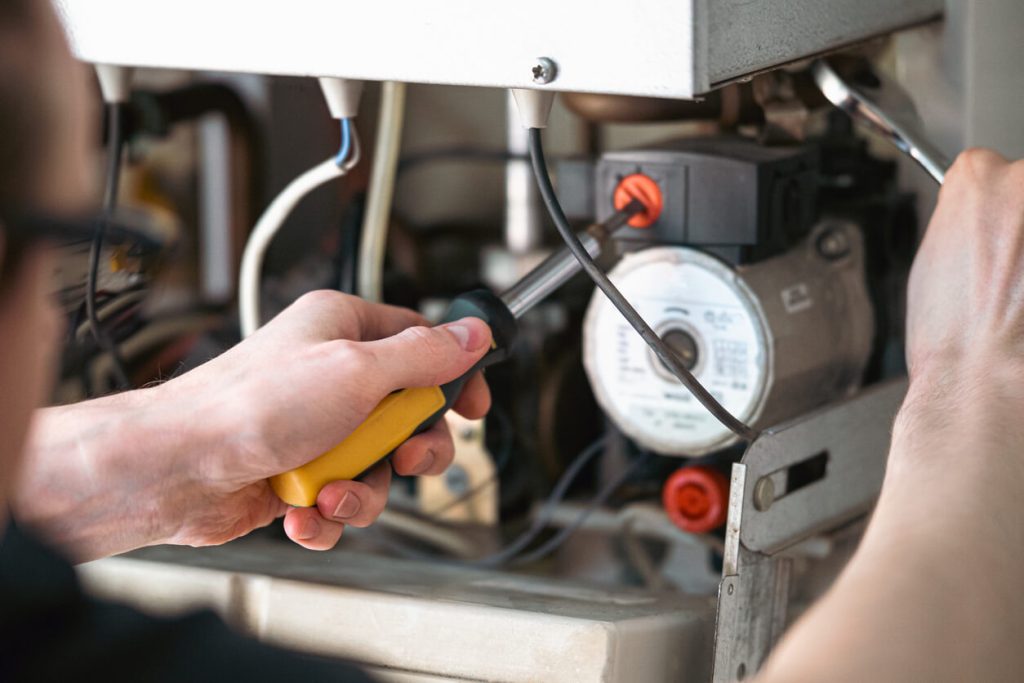
Furnace Not Blowing Air
When the furnace runs but doesn’t blow air from the vents, something’s wrong.
A tripped circuit breaker or faulty blower motor can stop the system entirely.
A long-overdue furnace filter can completely block airflow.
Closed vents or blockages keep heated air from circulating, making it feel like the system isn’t working.
If breakers, filters, and vents don’t solve the issue, the problem may be inside the furnace. Running a malfunctioning furnace without airflow risks overheating and damaging the heat exchanger.
Cracked Heat Exchanger (Safety Concern)
Some furnace issues are merely inconvenient. This one is dangerous. A cracked heat exchanger can let carbon monoxide leak into your home.
Overheating, poor maintenance, or years of heavy use are common causes. Warning signs include soot, odd odors, or visible cracks.
Because of the carbon monoxide risk, a cracked heat exchanger almost always requires a heat exchanger replacement. If you suspect this issue, shut the system down and call an hvac professional or the gas company right away. It’s a crucial safety feature you can’t ignore.
Limit Switch Malfunctions
The limit switch is a built-in safeguard that shuts the furnace off when it overheats. A bad switch might keep the blower fan running nonstop, even when no heat is produced.
It can also cut the heating cycle off too early, leaving the house cold. Overheating from a dirty or clogged filter is often the trigger.
Because the switch is a crucial safety feature, repairs should be handled by a furnace repair technician. A faulty switch can mask bigger furnace issues inside the unit.
Common Problems with Gas Furnaces
Gas furnaces are popular in Colorado Springs homes, but they have unique challenges compared to electric furnaces.
Heating furnace not turning on: Often caused by a closed gas valve, faulty ignition, or interrupted gas line.
Weak or inconsistent flame: The flame should burn steady with a constant flame that’s blue. Yellow or flickering flames signal combustion trouble.
Furnace shuts off mid-cycle: Could be a dirty flame sensor or a bad gas valve.
ALERT: Gas leaks can occur with gas furnaces. If you ever smell gas, leave immediately and call the gas company.
While electric furnaces may fail due to wiring or heating elements, gas furnace problems often involve ignition or combustion. Both need a professional hvac technician, but gas issues should always be treated as urgent safety concerns.
Why Is My Furnace Not Turning On?
Few things are more frustrating than a heating furnace not turning on. Before assuming the worst, run through this checklist:
- Power switch: Is the furnace switch on?
- Breaker box: A tripped circuit breaker or blown fuse in the fuse box can cut power.
- Thermostat: Confirm it’s set to “heat” above the current room temperature.
- Gas line: For natural gas furnaces, make sure the valve is open.
If these steps don’t fix it, the issue may involve ignition, the blower motor, or the limit switch. At this point, call an hvac technician for a thorough inspection.
DIY Furnace Troubleshooting Vs. Calling a Pro
Some quick furnace troubleshooting steps are safe for you to perform at home:
- Replacing a dirty air filter
- Adjusting a temperature setting
- Resetting a tripped circuit breaker
Other problems require a professional hvac technician.
If you smell gas, hear loud ignition bangs, or suspect a cracked heat exchanger, step back. These are not DIY jobs.
A good rule of thumb: if the fix goes beyond a filter, breaker, or thermostat, call an hvac professional.
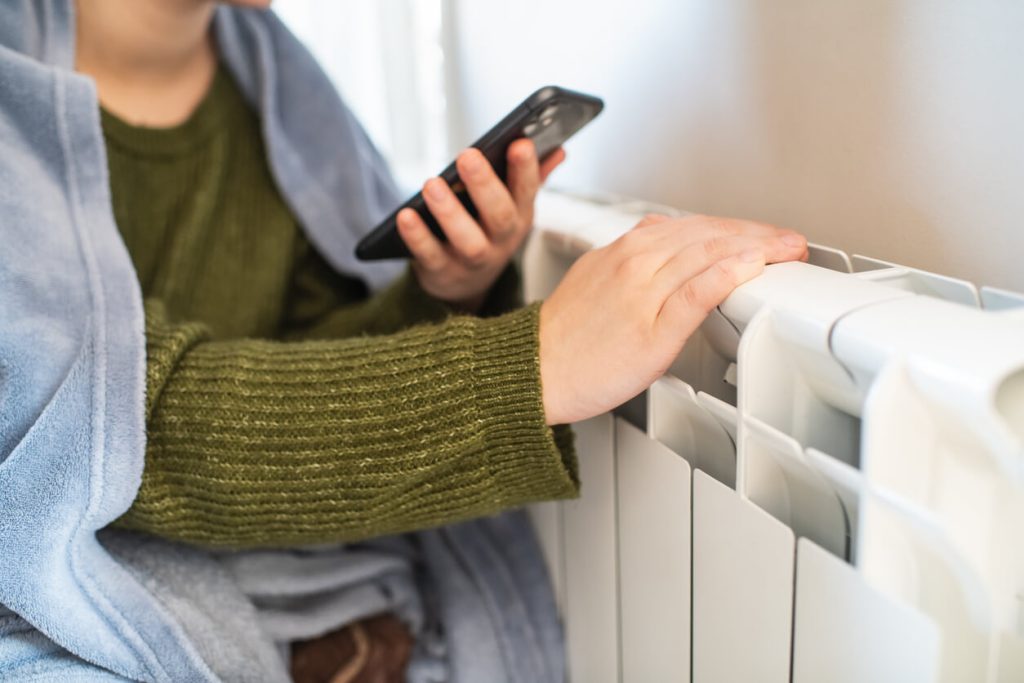
How Common Furnace Issues Affect Energy Bills and Comfort
Common furnace problems are inconvenient. They also cost you money.
When airflow is restricted, the furnace is forced to run longer, driving up bills. Short cycling adds wear and racks up unnecessary costs.
Gas supply or ignition issues reduce efficient operation and create hazards.
However, a well-maintained heating system provides reliable operation all winter. Fixing small furnace issues early prevents bigger repairs and helps ensure efficient operation.
When to Call True North Heating in Colorado Springs
There are lots of things that can go wrong with a furnace. Some furnace issues, like a dirty air filter or a tripped circuit breaker, can be handled DIY-style. Others, like a cracked heat exchanger, gas leaks, or ignition failures, pose a serious threat to the safety of you, your home, and your loved ones inside.
If you suspect an issue with your furnace, True North Heating can help.
We repair furnaces in Knoxville, TN and Colorado Springs, CO. For fast, reliable assistance with your furnace repairs, call 719-452-1800, or click here to request a free quote in Colorado Springs.
Frequently Asked Questions About Furnace Problems
What is the most common furnace problem?
The most common furnace problem homeowners face is a clogged or dirty air filter. A clogged filter restricts airflow, causing the furnace to overheat, short cycle, or shut down entirely. Many of the top 5 furnace problems, like uneven heating or the furnace not blowing enough air, actually trace back to a dirty filter, so this should be your first checkpoint when trying to diagnose furnace problems.
What fails first on a furnace?
When it comes to common furnace issues, the ignitor, thermostat, and blower motor usually fail first since they operate constantly during the heating season. A faulty ignitor can keep gas furnace burners from lighting, while a malfunctioning thermostat may cause the heating furnace not turning on. Blower motors are essential for airflow, and without them you’ll notice little to no warm air from the vents.
Why is my furnace turning on but not producing heat?
This is one of the most frustrating furnace common problems because the system seems to run but the house stays cold. Dirty filters can cause overheating, faulty thermostats may stop the furnace from running long enough, and ignition failures or gas supply issues can keep it from producing consistent heat. These are common problems with gas furnace systems, but electric furnaces may also fail if their heating elements wear out.
What would cause a furnace not to kick on?
If your heating furnace is not turning on, start with simple checks like the power switch, breaker box, and thermostat settings. In gas furnaces, a faulty ignitor or pilot light issue may be to blame, while a limit switch can shut the system down if it overheats. These are among the most common furnace problems reported during the first cold snap, and if the furnace still won’t start, it’s best to call an HVAC professional to troubleshoot deeper furnace issues.
How long should my furnace last?
Most furnaces last 15–20 years with proper care, though the exact lifespan depends on use, maintenance quality, and how quickly furnace problems are repaired. Gas furnaces often last a little longer but come with unique risks like cracked heat exchangers, while electric furnaces can wear out faster due to heating element failures. Addressing common furnace issues early and keeping up with tune-ups, filter changes, and inspections will extend the life of any heating system.
How can I prevent common furnace issues?
Prevention is the best way to avoid common furnace problems. Regularly replace filters, schedule annual maintenance with an HVAC professional, and keep vents clear to maintain reliable operation. Paying attention to noises, odors, or inconsistent heating helps catch issues early, keeping your home comfortable and reducing energy bills during the heating season.


